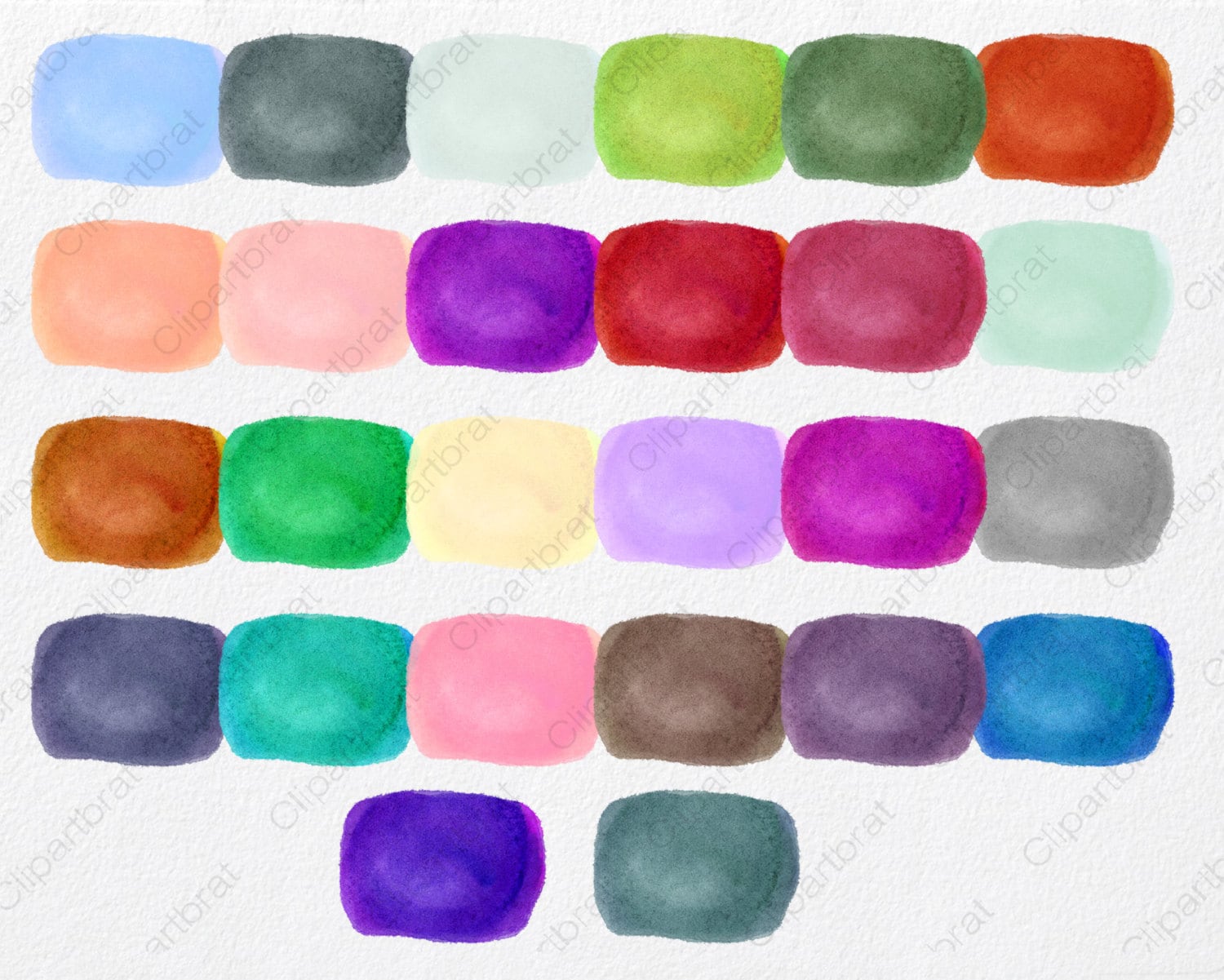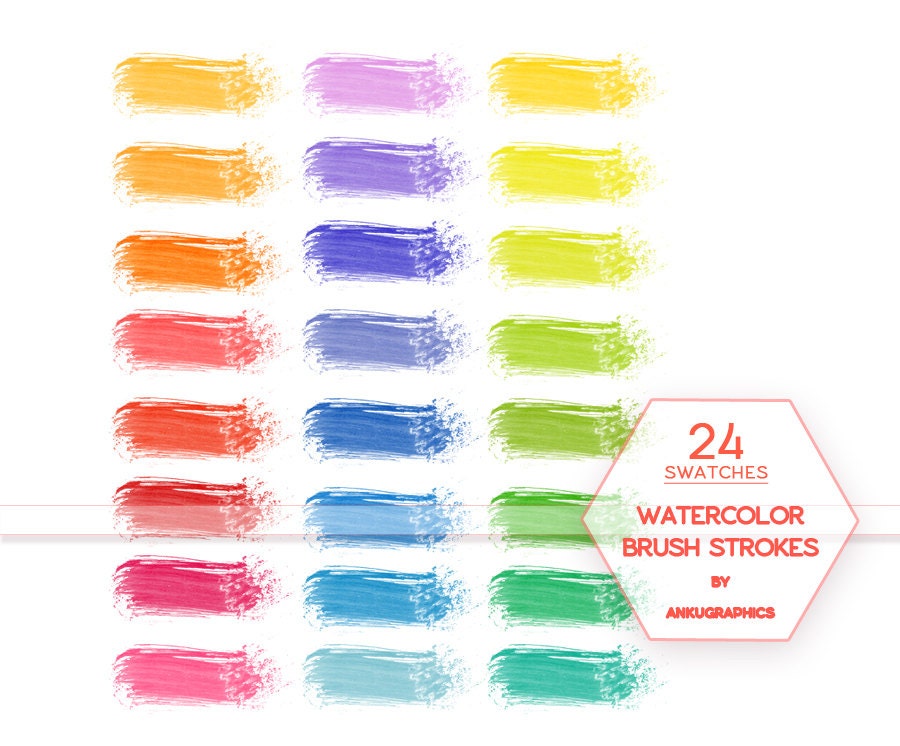

Usually, you're looking for transparency when it comes to watercolors, as this is the quality that gives paintings created with this medium their distinctive glow. There are some pigments that are known for being extremely staining, such as Prussian Blue, and others that lift up quite easily.Ī color's opacity tells us how opaque or transparent it is. I also like coming back to my color swatch once it's dried completely to see if any color can be lifted or reactivated because I personally use this technique a lot in my work. To test this out, I like lifting paint from a small section of my Masstone square/rectangle when it's still wet with either a rag or a paintbrush.

This is usually the first rectangle I fill in below the hue's name and I make sure to use the least amount of water possible.Ī color's staining quality refers to how difficult it is to remove from the paper when lifting, scrubbing or attempting to reactivate it once it's dry. Basically, it's the color at its purest and undiluted self. If you're a beginner just starting out with watercolors, I highly recommend checking out my blog post titled 10 Things I Wish I Knew Before Starting With Watercolors.īy understanding these ten ideas and applying them in your painting, you'll be able to progress your watercolor skills much quicker and waste less supplies in the process.Ī color's mass tone tells us what it looks like when it's straight out of the tube and at its fullest saturation. It may seem like a waste of time and resources when we're just starting out, but these smaller studies give us confidence and allow us to find ourselves as artists, so that we're then able to create more effective finalized works. There are also many external factors that can affect our watercolor painting process and the final outcome of a piece, such as how clean our water is, what kind of paper is used, and even the temperature of the room we're working in!Īlways remember that, as artists, we have to learn to embrace the exploration process.

Finally (and something that was very hard for me to wrap my head around in the beginning), behaviors and effects can vary greatly from pigment to pigment, even within a set manufactured by the same company. Secondly, due to their water-soluble properties, they tend to have a mind of their own. This is especially the case when it comes to watercolors, as this painting medium's inherent characteristics make it tricky to use.įor one, watercolors are translucent, which means we can't simply cover up our mistakes like we can when working with acrylics or oils. It's very useful to explore a new paint set before actually attempting to create a painting with it. I'll also walk you through my own personal method for swatching out a new paint set and share why I like testing my paints on two different types of paper. In this blog post, I'm going to explain the most important characteristics that you should start taking note of when it comes to watercolor paint.īy understanding these different aspects and how they vary from pigment to pigment, you'll be able to make more informed choices when it comes to picking your color palettes/schemes for your paintings, which will make everything go a lot smoother.

What's the actual reason behind swatching watercolor paint (aside from the satisfaction of laying pretty colors down on paper)? What specific things should we be looking for when testing out a new watercolor paint set, besides differences in color? What are the different variables that may affect watercolors' behavior and their final appearance?


 0 kommentar(er)
0 kommentar(er)
